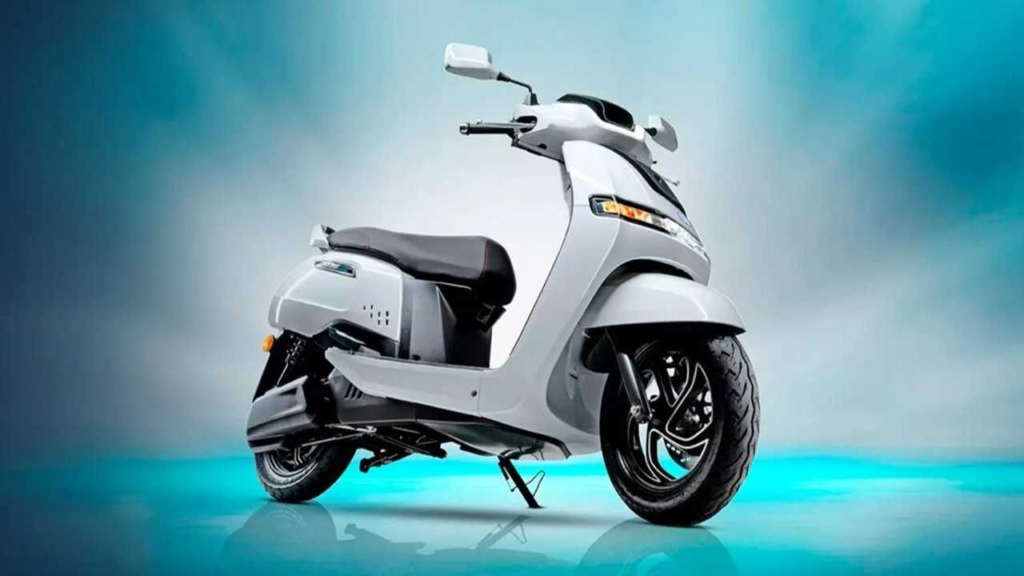
The first thing that comes to mind when you think about sustainable energy and transportation is an electric vehicle. However, some school of thought believes there is a better way. One example is hydrogen powered vehicles. Yes, the same thing that can effectively power a vehicle and has more destructive power than an atomic bomb does with mere water as a residue. Why then do we only see a small number of hydrogen powered vehicles? Let’s find out.
Triton Electric, a US-based company, made its official entry into India last month and has plans to produce a hydrogen powered vehicles there. TVS also applied for a patent for a scooter powered by hydrogen. This demonstrates that, although in its nascent stages, hydrogen technology is making progress.
Pros of Hydrogen Powered Vehicles
- Abundance: Contrary to lithium-ion reserves, hydrogen may be found anywhere. If you have the technology, it is an unlimited resource that is not subject to governmental resource centralization like fossil fuel.
- It’s Clean: The only residue is heat and water. Because water is the only substance left over after burning hydrogen and oxygen. It is effective, easy to store, and refuels faster.

Concepts for hydrogen powered scooters, like the Mob-ion AM1, have demonstrated that two stacks of hydrogen cells the size of a Coke can power a 3kW motor, eliminating the need for heavy battery packs. Additionally, according to some studies, they are 2.5 times as efficient as regular engines. In addition, topping up hydrogen is much faster than charging an EV, which might take hours.
- Many methods of production: Electrolysis, steam methane reforming (extracting hydrogen from natural gas), and gasification—which creates hydrogen by heating coal—are all methods for obtaining hydrogen. You can produce the fuel at the fuel station itself because local procedures like electrolysis are possible.
Cons of Hydrogen Powered Vehicles
- The viability of driving hydrogen powered vehicles at this time is limited, even though the science behind using hydrogen as a fuel has been established. And the reason is that
- In and of itself, the production of hydrogen uses a lot of energy.
- Storage is tricky.
Government support for infrastructure is therefore lacking.
In contrast, EVs are performing better in the green movement due to increased global support, infrastructure grants, and subsidies, and mostly because making batteries is simpler from an engineering standpoint than converting hydrogen through electrolysis.

- The major challenge with hydrogen is storage. The extremely volatile gas must be stored properly in pressurized cylinders, and in addition to the obvious risks, there is also a level of safety-related fear, such as the possibility of faulty-built EV battery packs catching fire. It’s off-putting. However, that is a habit that will evolve. After all, we utilize LPG cylinders daily.
But putting all of that aside, the lack of quality assurance is the largest obstacle to using a hydrogen arrangement on motorcycles in India. If bike makers dabbling with the technology do not step up the quality of parts like storage tanks and batteries, mishaps like the recent EV fires could be considerably more disastrous.
How does a hydrogen fuel cell work?
A fuel cell features two electrodes, similar to a battery, with an electrolyte membrane placed in the middle. Where it differs is that a fuel cell produces electricity by recombining fuel (in this case hydrogen) with oxygen from the air, as opposed to storing energy like a battery and hence requiring recharging.

There are currently just two hydrogen filling stations in India, one at the National Institute of Solar Energy in Gurugram and the other at Indian Oil’s R&D Center in Faridabad. It is unlikely that we will obtain a hydrogen powered vehicle any time soon given the absence of a network of hydrogen fueling facilities in our nation.
Read more:
Britney Spears and Kevin Federline’s Ongoing Case – Latest Update